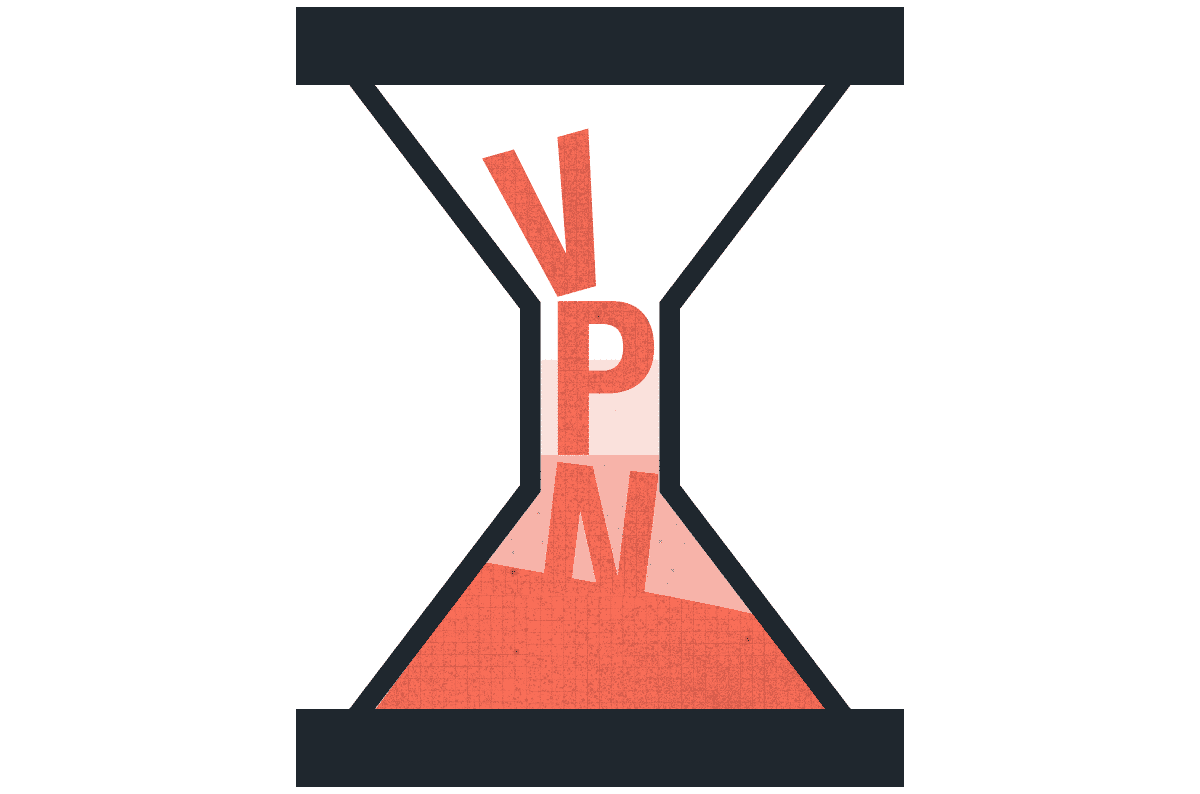|
Listen to post:
Getting your Trinity Audio player ready...
|
The face of the modern corporate network is changing rapidly. Digital transformation initiatives, cloud adoption, remote work, and other factors all have a significant impact on where corporate IT assets are located and how corporate networks are used.
Companies looking to provide secure remote access to their off-site employees have largely chosen to expand their existing virtual private network (VPN) deployments. However, this is a short-term solution to the problems of the increasingly distributed enterprise. VPNs are ill-suited to meeting modern business needs and will only become less so in the future. It’s time for a change.
Secure Remote Access Has Become Business-Critical
Until a few years ago, most or all of an organization’s employees worked almost exclusively from the office. As a result, many corporate security infrastructures were perimeter-focused, working to protect employees and systems inside the office from external threats.
However, remote work has become normalized in recent years. Companies have been slowly shifting toward supporting remote work for some time now, and the pandemic accelerated this shift. Even as some companies try to pull workers back to the office, a higher percentage of employees are working remotely, at least part-time, than before the pandemic.
The ability to support remote work has become a critical capability for modern business. The popularity of remote work has made remote or hybrid work programs important for attracting and retaining talent. Additionally, a remote work program can also be a key component of a business continuity and disaster recovery (BC/DR) strategy as employees can work remotely in response to power or Internet outages, extreme weather, or public health crises.
Why remote access should be a collaboration between network & security | White PaperA Remote Access VPN Doesn’t Meet the Needs of the Modern Enterprise
A central component of an organization’s remote work program is secure remote network access. Employees need to be able to access corporate networks, resources, and data without fear of eavesdropping or other cyber threats. Historically, many organizations have relied upon VPNs to provide secure remote access. VPNs provide an encrypted connection between two points, securing traffic between a remote user’s computer and the VPN server on the corporate network. The problem is, however, that VPNs don’t meet the business needs of the modern enterprise.
Some of their shortcomings include:
- Lack of Scalability: In general, corporate VPN deployments were designed for occasional usage by a small percentage of an organization’s workforce. Continuous usage by a larger group — as many organizations experienced during the height of the pandemic — results in significantly degraded performance and can render VPN deployments unusable for employees.
- Performance Degradation: VPNs are point-to-point solutions, meaning that they are often designed to connect remote employees to the headquarters network. With the growth of cloud computing and the distributed enterprise, this can result in inefficient network routing and increased latency.
- Nothing but Basic Security: VPNs are designed solely to provide an encrypted connection between a remote employee and the headquarters network. They offer no access control or other security functions to ensure that the traffic they carry is benign or to implement zero-trust access controls.
VPNs are intended to allow employees to securely do their jobs from outside the office. Yet their limitations mean that they offer neither productivity nor security.
VPNs struggle to meet the needs of the modern enterprise, and corporate IT architectures and business needs are rapidly evolving. As a result, the impact of VPNs on business operations will only grow more pronounced in the future.
Some key business operations that will be inhibited by VPNs include:
- Regulatory Compliance: Companies are subject to various regulations, and these regulations are periodically updated to reflect updates to the cyber threat landscape and available security solutions. When zero trust and more robust threat monitoring and prevention capabilities become required by law, VPNs will be unable to provide them.
- Mobile Support: The use of mobile devices for business purposes has grown dramatically in recent years. VPN deployments designed for desktops and laptops often have lower usability and performance for mobile users.
- Cyber Risk Management: The remote workforce is an easy target compared to applications secured behind advanced firewalls and threat prevention tools. Enterprises cannot rely on VPNs to secure remote users, and are required to apply means to minimize risk and exposure to advanced attacks originating from remote user’s devices.
Moving Beyond the VPN
A remote access VPN is a thing of the past. It is a tool designed to implement a connectivity model that no longer works for the modern organization. While VPNs have significant limitations and challenges today, these issues will only be exacerbated over time as networks, threats, and compliance requirements evolve. Switching away from legacy technology today will improve an organization’s security posture in the future.
Secure Access Service Edge (SASE) and Security Service Edge (SSE) solutions with integrated zero trust network access (ZTNA) provide all of the secure remote access capabilities VPN lacks. It is a solution designed for the modern, distributed enterprise that converges a full stack of enterprise network security capabilities. SASE/SSE offers all of the benefits of a VPN and more with none of the drawbacks. Learn more about how Cato SASE Cloud — the world’s first SASE platform — can help you modernize your organization’s secure remote access capabilities by signing up for a free demo today.










